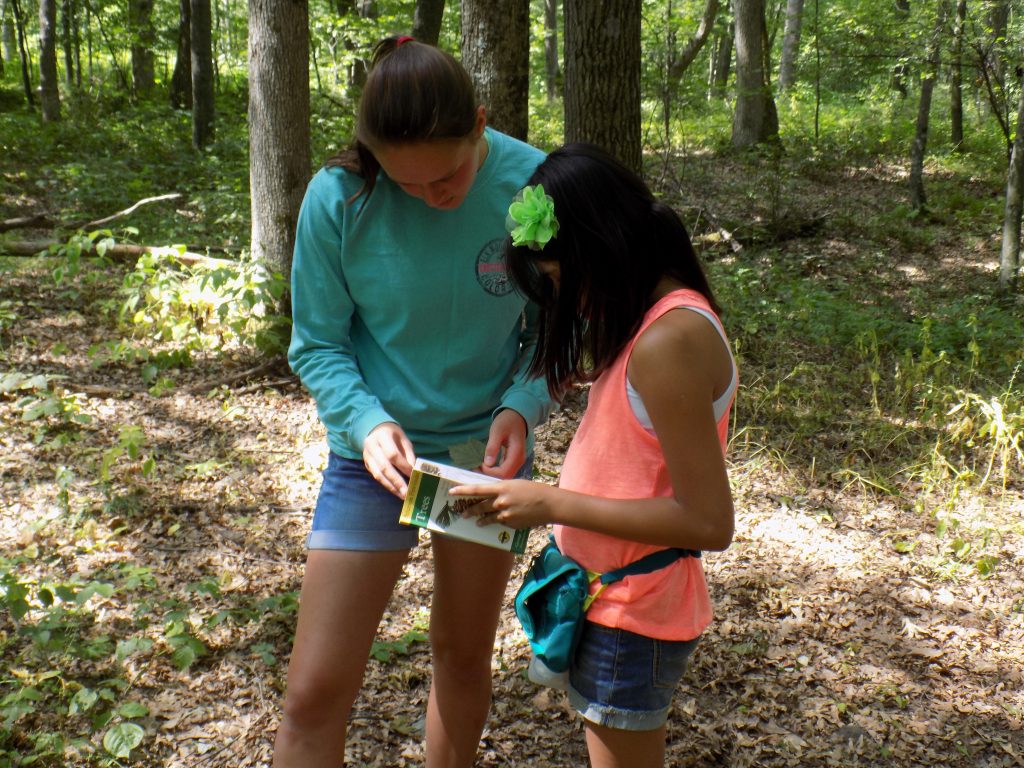
Below, you’ll find informal and scholarly resources with more information about Specific Learning Disabilities SLD, dyslexia and literacy…. If there is a resource we have not listed that you’ve found to be helpful, educational, and inspiring, please contact us and let us know!
Wisconsin Institute for Learning Disabilities/Dyslexia (WILDD)
Learning Disabilities Association of Wisconsin
Learning Disabilities Association of America
National Center for Learning Disabilities
LDRFA Learning Disability Resources Foundation
Wisconsin Department of Public Instruction – Specific Learning Disabilities
Healthy Children Learning Disabilities & Differences What Parents Need to Know
25 Famous People with Learning Disorders
Understood – For Learning and Thinking Differences
Summer Camps for Kids Who Learn and Think Differently
ADDitude – Inside the ADHD Mind
Wisconsin Department of Public Instruction – Federal Definition/Criteria
Programs for Students with Specific Learning Disabilities
“Specific Learning Disabilities (SLD) means a disorder in one or more of the basic psychological processes involved in understanding or using language, spoken or written, that may manifest itself in an imperfect ability to listen, think, speak, read, write, spell or perform mathematical calculations, including conditions such as perceptual disabilities, brain injury, minimal brain dysfunction, dyslexia and developmental aphasia. The term does not include learning problems that are primarily the result of visual, hearing, motor disabilities, cognitive disabilities, emotional disturbance, cultural factors, environmental, or economic disadvantage. When someone suspects a student has a SLD, a referral for a special education evaluation is made. A team, which includes the student’s parents, conducts the evaluation and decides if the student meets state and federal eligibility criteria for special education.
Before an IEP team can determine a student has a SLD, it must document the student, after intensive intervention, demonstrates inadequate achievement and insufficient progress in one or more of the following areas: oral expression, listening comprehension, written expression, basic reading skill, reading fluency skills, reading comprehension, mathematics calculation, and mathematics problem solving . The IEP team may not identify a student as having SLD if the student’s achievement problems are primarily due to one or more exclusionary factors. If the SLD criteria are met, the IEP team goes on to determine whether the student needs special education.
Students with specific learning disabilities (SLD) represent one of the largest disability areas in the state. Almost one third of students with disabilities have been identified as having a specific learning disability. There are about 37,000 children with a primary disability of SLD in Wisconsin. This represents slightly less than 4% of the total PK-12 student population in the state.
Students with SLD are educated using a variety of approaches including individual, small and large group instruction. Special education and related services often consist of specialized instruction in academic compensatory skills as identified by a student’s IEP team. The majority of students with SLD receive most of their instruction in the general education setting with supplemental specialized instruction and support provided by certified special education teachers. Collaboration between general and special educators is critical to the success of these students.”